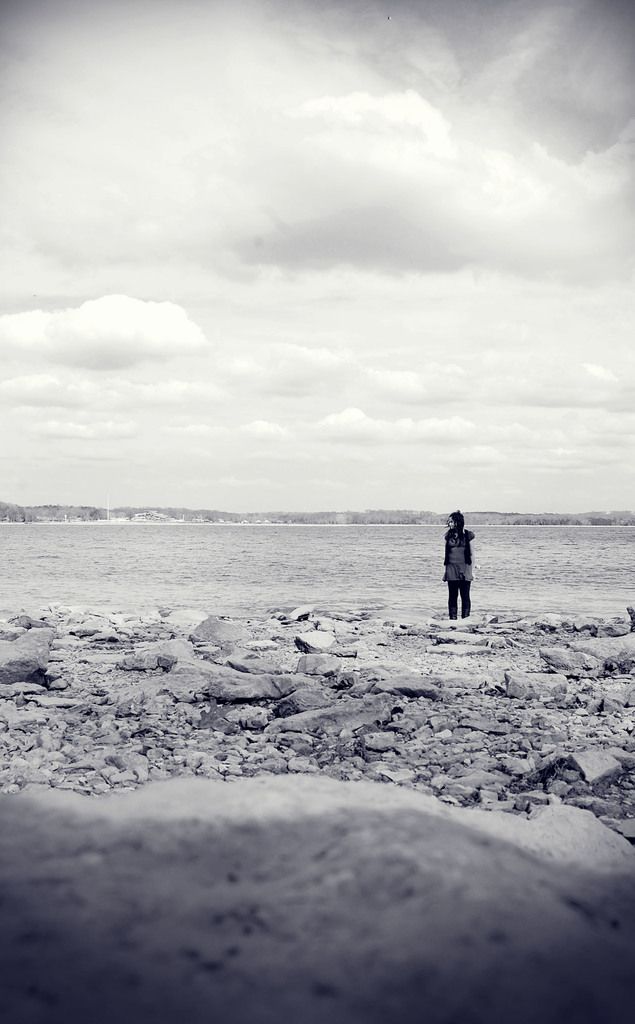Exploring the Rise in Sleep Problems and Anxiety Among Saxony-Anhalt's Students
Research Findings: Students' Sleep Disorders and Anxiety Levels - Research Findings: Sleep Disorders and Anxiety in School-Aged Students
Let's dive into the surprising findings from a study published today by the Institute of Medical Sociology at Halle University Medical Center, supported by IKK gesund plus. Over 4,700 adolescents aged 11 to 15 were surveyed in Saxony-Anhalt, revealing notable health concerns among this age group.
Although a solid 85% of respondents reported their health as "good" to "excellent" and school satisfaction remains high, the study shows unsettling trends. One-third of students admit to experiencing sleep problems regularly, with almost 18% feeling frequently lonely and nearly a quarter displaying symptoms of anxiety disorders.
When it comes to digital habits, around half of these young students seem to engage in risky behaviors on social media. Although some positive changes have surfaced compared to the 2018 study, such as increased consumption of fruits and vegetables, these gains are drowned out by a rise in sugary snacks and soft drinks.
The study also marks the initial recording of e-cigarette usage, with more students using these devices than traditional cigarettes.
"The current health situation for children and adolescents in Saxony-Anhalt has clearly worsened in many ways compared to 2018," study lead Irene Moor explains. "The data collected through the HBSC study specifically for Saxony-Anhalt helps us focus our efforts to promote the health of our future generations."
Conducted every four years since 1982 under the auspices of the World Health Organization (WHO), the HBSC study is one of the largest international surveys on children's and adolescents' health. The latest survey in Saxony-Anhalt serves as a launching pad for developing preventive strategies and improving health promotion for the region's young population.
Here's a sneak peek into some possible causes and suggested solutions for the observed trends:
Possible Causes
- Social Media's Impact: Unrealistic comparisons, decreased self-esteem, and increased anxiety can all stem from excessive social media use. Screen time before bed may also interfere with sleep patterns.
- Academic Pressure: Increased academic expectations and competition can produce stress and anxiety, potentially causing sleep disturbances.
- Global Events and Uncertainty: Uncertainty brought on by events like the COVID-19 pandemic can affect mental health and sleep quality.
- Lack of Physical Activity: Reduced physical activity can lead to sleep problems and increased anxiety.
- Parental and Peer Influence: Parental pressure and peer dynamics can impact behavior, including risky social media usage.
Suggested Solutions
For Sleep Problems
- Establish a Bedtime Routine: Encourage students to stick to a consistent sleep schedule and limit screen time before bed.
- Promote Relaxation Techniques: Introduce relaxation techniques like mindfulness or meditation to help students manage stress.
- Educate on Sleep Hygiene: Offer workshops or classes on the importance of good sleep habits.
For Anxiety Symptoms
- Provide Counseling Services: Enhance access to counseling services within schools to assist students in managing anxiety.
- Implement Mindfulness Programs: Introduce mindfulness and stress management programs in schools.
- Create a Supportive Environment: Encourage an open and supportive school environment where mental health is discussed freely.
For Risky Social Media Behavior
- Promote Digital Literacy: Offer courses teaching responsible social media use and online safety.
- Engage Parents: Encourage parents to collaborate with their children in discussing and monitoring social media usage.
- Develop School Policies: Establish and enforce school policies that discourage risky social media behavior.
General Solutions
- Encourage Balance: Teach students to balance their academic life, social activities, and personal relaxation.
- Community Engagement: Organize community events to promote physical activity and social interaction.
- Collaborative Efforts: Encourage collaboration between schools, parents, and local communities to tackle these issues comprehensively.
By addressing these causes and implementing these suggested solutions, we can potentially mitigate the rise in sleep problems, anxiety symptoms, and risky social media behavior among students in Saxony-Anhalt.
- The study suggests that excessive social media use and academic pressure contribute to sleep problems and anxiety symptoms among Saxony-Anhalt's students, as do global events, lack of physical activity, and social influences.
- To improve sleep quality, the study recommends establishing a bedtime routine, promoting relaxation techniques, and educating on sleep hygiene. For combating anxiety symptoms, the suggested solutions involve providing counseling services, implementing mindfulness programs, and creating a supportive school environment. To address risky social media behavior, the study proposes promoting digital literacy, engaging parents, and developing school policies. Generally, the study encourages balance, community engagement, and collaborative efforts to tackle these issues effectively.







